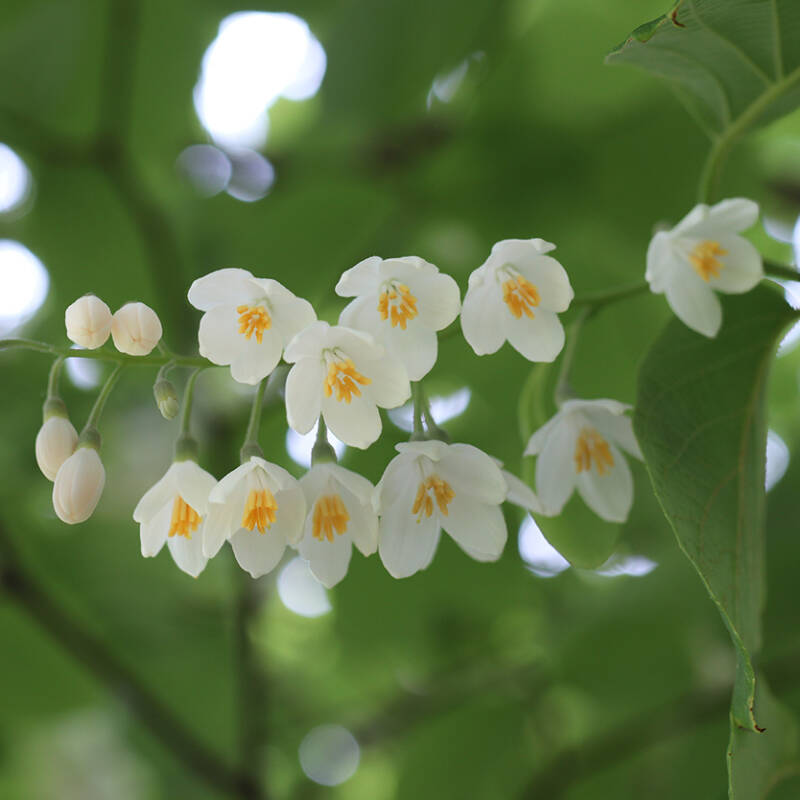Everyone needs field garlic naan, hot off the griddle, drenched in fragrant butter. The field garlic (Allium vineale), a winter-friendly and weedy wild onion, is a feral step sideways from the more conventional garlic-butter flourish that often accompanies lightly leavened naan. Its flavor is more pungent than chives and more uplifting than garlic. If you can’t forage for this particular invasive wild onion, substitute the leaves of three-cornered leeks (an introduced weed now at home on the West Coast), ramp leaves, or chives straight from the garden or market.
Here is an easy, no-knead field garlic naan recipe, cooked on the stovetop in your favorite cast iron skillet.
Photography by Marie Viljoen.

For more about field garlic, also known as lawn chives, crow garlic, and onion grass, read: Field Garlic: A Sustainable Alternative to Ramps.

In mild winters field garlic can be surprisingly abundant and lush. And in whatever-normal-means winters, it persists, green and potent, even under snow. The USDA classifies field garlic as a noxious weed, but to the locally-attuned eater, it is a culinary blessing, especially when other green herbs are not naturally in season.

I grew up with Charmaine Solomon’s naan recipe, from her tome The Complete Asian Cookbook. It’s a great recipe, but I use less yogurt and cook on smoking hot cast iron rather than in the oven. The skillet gives the breads the much-needed mottling of char-spots.







Field Garlic Naan
Makes 6 to 8
A platter of field garlic naan could stand alone as a meal, but the breads are an exceptional partner for eggs, soups, beans stews, dhals, curries and curry riffs, like butter chicken. A cast iron skillet or plancha (griddle) is indispensable here, allowing for very high, evenly distributed heat, which creates those wonderful charred spots that make genuine naan—cooked in a fiery tandoor—instantly recognizable. The cast iron should be well seasoned, because we’re not adding oil to the skillet, for this baking method. The naan should be eaten right away, while still warm. If you must, you can make the naan ahead; just reheat for 3 minutes in a 400-degree oven before serving, and do the butter-drench after re-heating.
Bread
- 2 cups all-purpose flour
- 1 ½ teaspoons yeast
- 2 Tablespoons yogurt
- 1 Tablespoon milk
- 1 large egg
- ½ cup warm water
- 3 Tablespoons melted, unsalted butter
- 1 ¼ teaspoons salt
Field Garlic Butter
- ¼ cup melted butter
- ¼ cup snipped field garlic
For the naan: Combine the flour, yeast, sugar, and salt in a large bowl. In a smaller bowl whisk together the yogurt, milk, egg, water, and melted butter.
Make a well in the flour, and pour the wet mixture into it. Mix everything together until nothing is dry. Transfer the dough to a clean, lightly buttered bowl and cover with a damp kitchen towel. Leave it in a warm place (I use the microwave–just don’t turn it on accidentally!), for about 1 ½ hours, until it has doubled in size. (A buttered finger-poke should leave a dent; if the dent fills in, leave it to rise some more.)
Place the dough on a very lightly floured surface. Using a bench scraper or large knife, cut the into 6 – 8 equal pieces. Form each into a ball.
Place the balls on a lightly-floured tray, dust with a little flour, and cover loosely with a kitchen towel. Allow them to rise for about 20 to 25 minutes (it will take longer in a cold room) until risen by about 50 percent.
Before you shape, heat your cast iron skillet to smoking point. In a small pot melt your butter with half the field garlic over low heat. Keep in reserve.
To shape the naan: I like elongated naan. Put a ball of dough on your lightly-floured work surface, flatten with your palm, and dimple the surface outward with your fingers. Then stretch gently to elongate, to about 8 inches long. As soon as each naan is shaped, lay it in your smoking-hot griddle or pan. You should be able to cook two, maybe three, at one time. Cook on one side for no more than 1 to 1 ½ minutes. The top will develop bubbles, and the underside, when you flip it, should be charred in spots. Cook the other side for 1 minute or a few seconds more, if the sides seem undercooked. You may need to turn the heat down a touch if the charring is happening too fast. As each naan is cooked, transfer it to a plate, brush with the waiting field garlic butter and cover with a clean kitchen towel folded over them to keep warm. Repeat with the rest of the dough balls.
When all the breads are ready, pour any residual butter over the top and add a flurry of the remaining field garlic. Dig in!
See also:
- A No-Knead Focaccia for Thanksgiving and Beyond
- Cranberry Hand Pies: A Winter Necessity
- Baked Stuffed Apples: A Rustic Recipe Revived










Have a Question or Comment About This Post?
Join the conversation